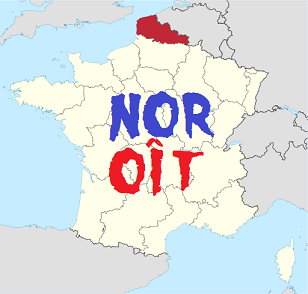The Coquelin opened in 1959 and was situated in Boulogne's rue Victor Hugo, just along from the Kursaal. During the following decades, Boulogne's cinemas would proceed to cut each other's throats, and the Coquelin was one of several theatres snidely purchased (and subsequently closed) by the owners of the Stars cinema in the early 1980s. However, the opportunists who hoovered up Boulogne's silver screens would get theirs, after a fashion, when the Gaumont Coquelles opened just over a decade later; as a wise Jedi once said, there's always a bigger fish. The legendary Johnny Hallyday, having previously played concerts in Boulogne in 1961 and 1963, performed at the Coquelin in 1966, and he enjoyed quite a love affair with the city, returning for further shows in 1977 and 1990.
The Coquelin outlived the Kursaal by a few years, and at one point the cinema was owned by the Arcades chain that would go on to acquire Calais' Alhambra. However, the Coquelin closed its doors for good in 1986 and, as with its near neighbour, demolition followed before the site was redeveloped into a residential block with a ground floor retail space (as seen in the above photo). There's a rather nice legacy in that, following the cinema's closure, the Coquelin's projectors were sent down to Cannes, where they were used in the world-famous festival for many years.




